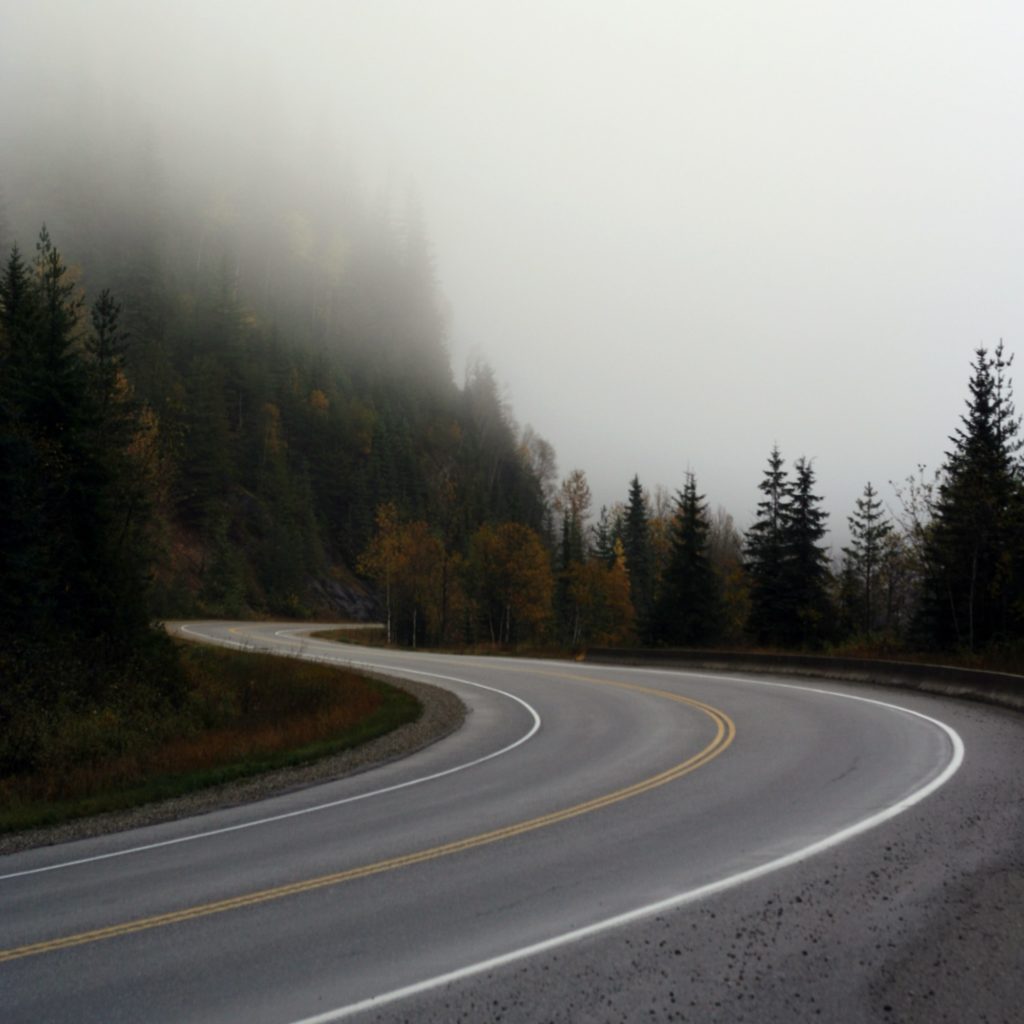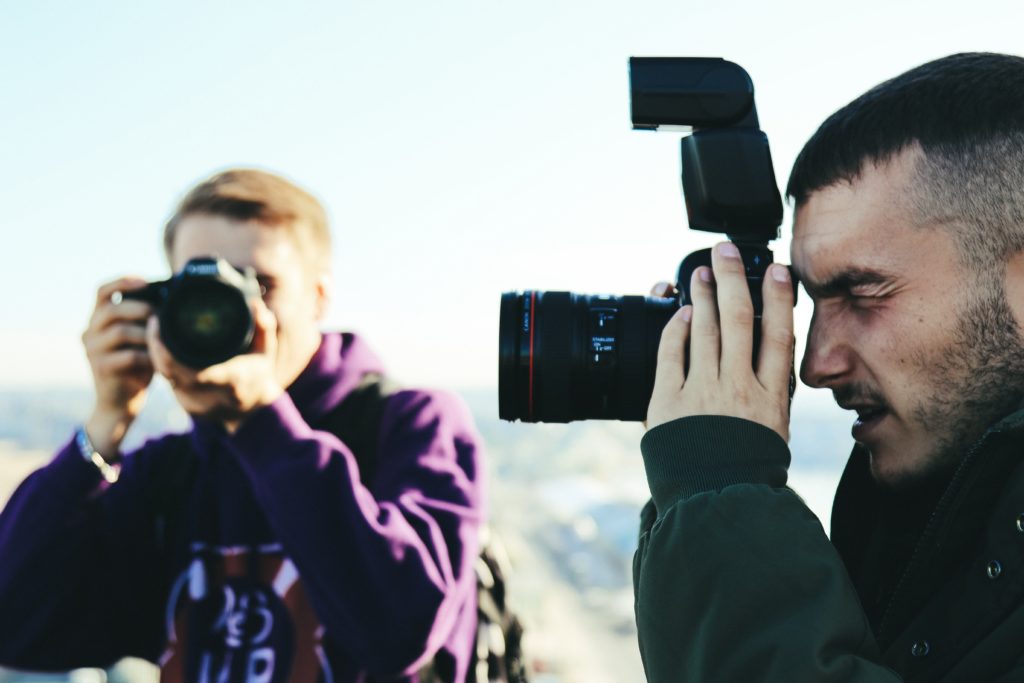Shooting at a Low Angle for Awesome Composition!
The first question we need to address is, why take photos from a low angle?
If we want to make a new photograph, altering your perspective is an excellent way to do it. And, this is a simple concept!
As photographers, we're always looking to exert our creativity and push the limits of what we can do. Making art is about evolving, learning and thinking outside the box.
Though let's get one thing straight, ‘thinking outside the box' doesn't mean scratching our heads for hours trying to figure out our next photography assignment!
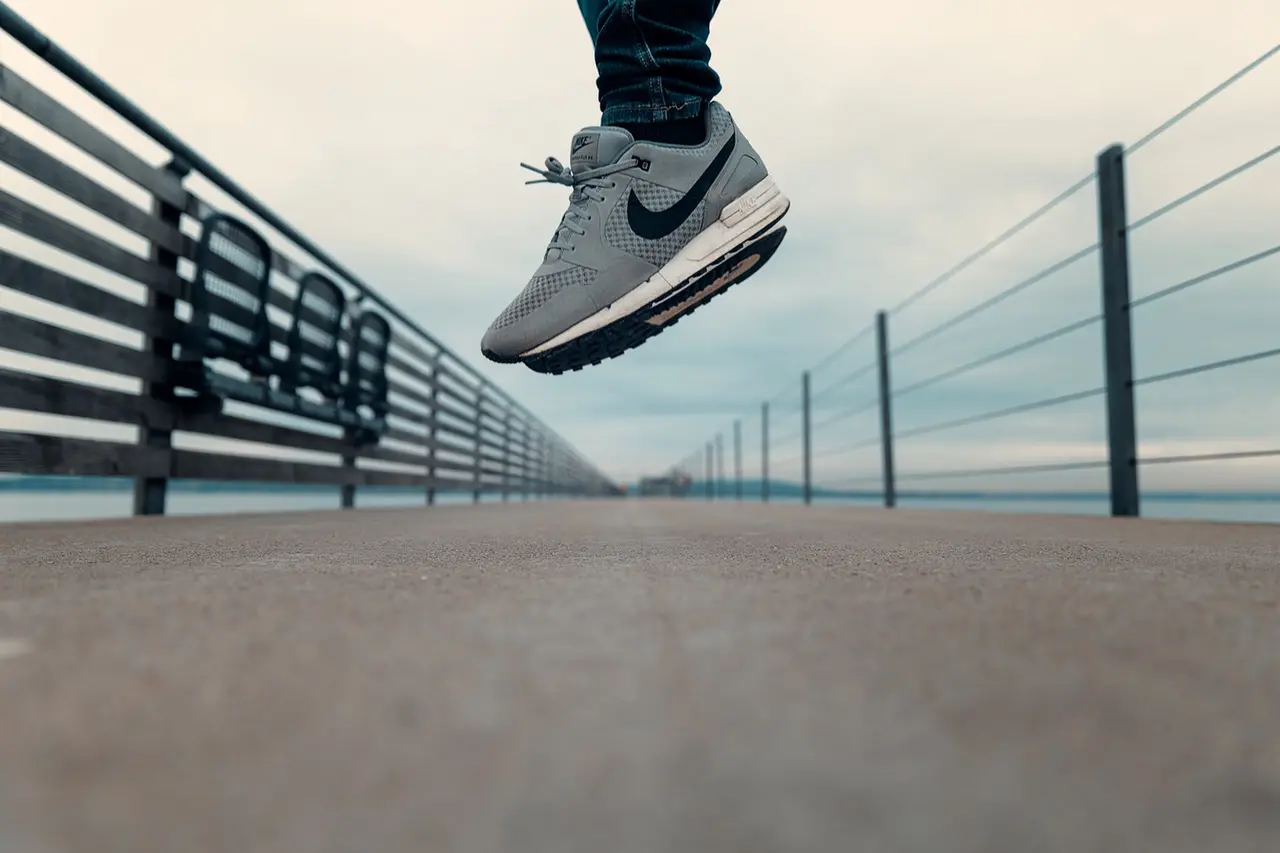
As you're aware, most images we are ‘used' to seeing are shot from a similar angle i.e. eye-level. However, we're not so used to seeing the world from a low angle – like you'd expect kids to view it.
Changing your perspective, changes your photography. We're not talking about using weird and wonderful gear to alter the way you start shooting with your camera, we are simply referring to moving your feet more. This you'll notice is sets apart the pros from the newbies, moving of the feet!
The Benefits When You Take Photos From a Low Angle
1. Making your subjects appear larger.
Why would we want to do this? It creates the effect that your subject is in fact taller, wider and (sometimes) closer – this is often accentuated using a wide angle lens.
This unique low angle perspective below gives you a closer idea as to what a kid sitting down might see (or an ant crossing the road).
This technique is also commonly applied in the fashion model industry to make model's legs appear longer.
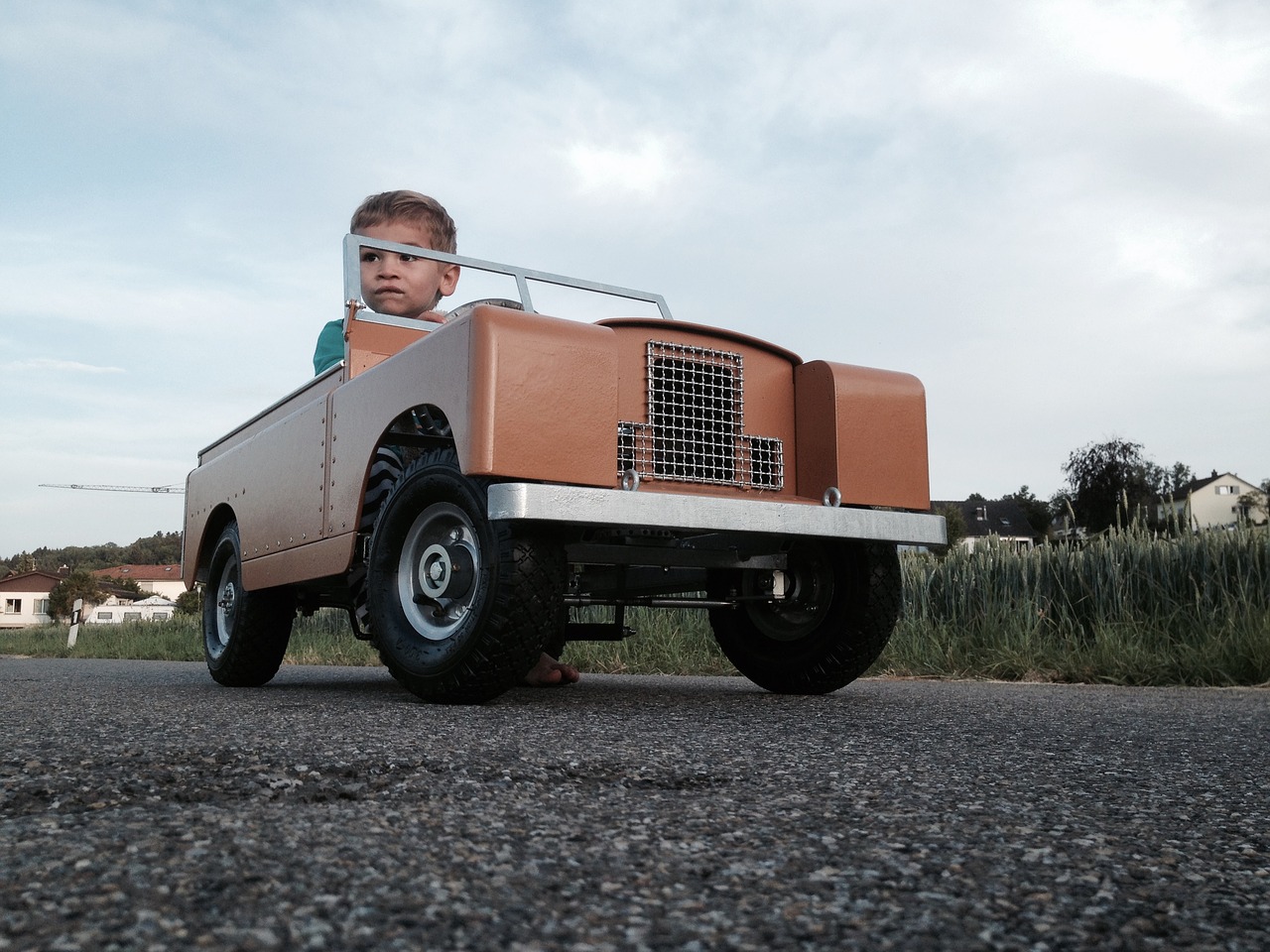
2. Shooting at a Low Angle Grips Your Viewer
Even when you looked at the above picture, I bet your eyes didn't just dark off the image and scroll down the page as quick as they would have if you'd shot at an “adult” height?
Shooting from a low angle perspective will keep your viewer's attention. In this age we're lacking some much-needed attention span, and this solves that problem.
If the perspective of your photograph is more unusual, it forces the viewer to pause for those extra few moments and study the image some more.
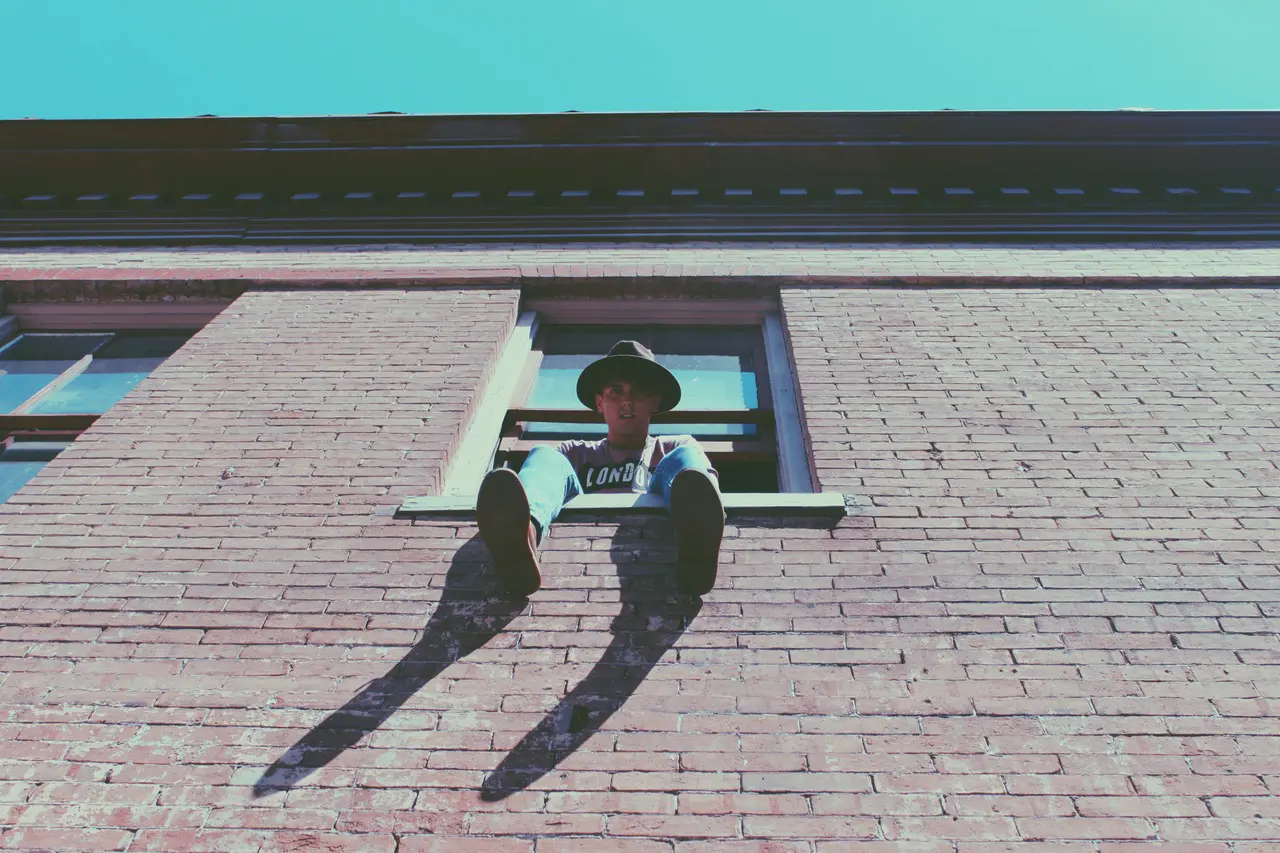
3. Making Use of Leading Lines
You might be surprised at this one, or perhaps not. But shooting from a lower angle means you're able to make more use of leading lines in the background to draw attention to your subject – particularly so when considering portraits.
What we want to achieve is to direct the viewer's eye – show them subtly where to look and not just allow the eyes to wander because then interest is often lost…quickly.
This can be applied to portraits, architecture and landscapes – your imagination sets the limits.
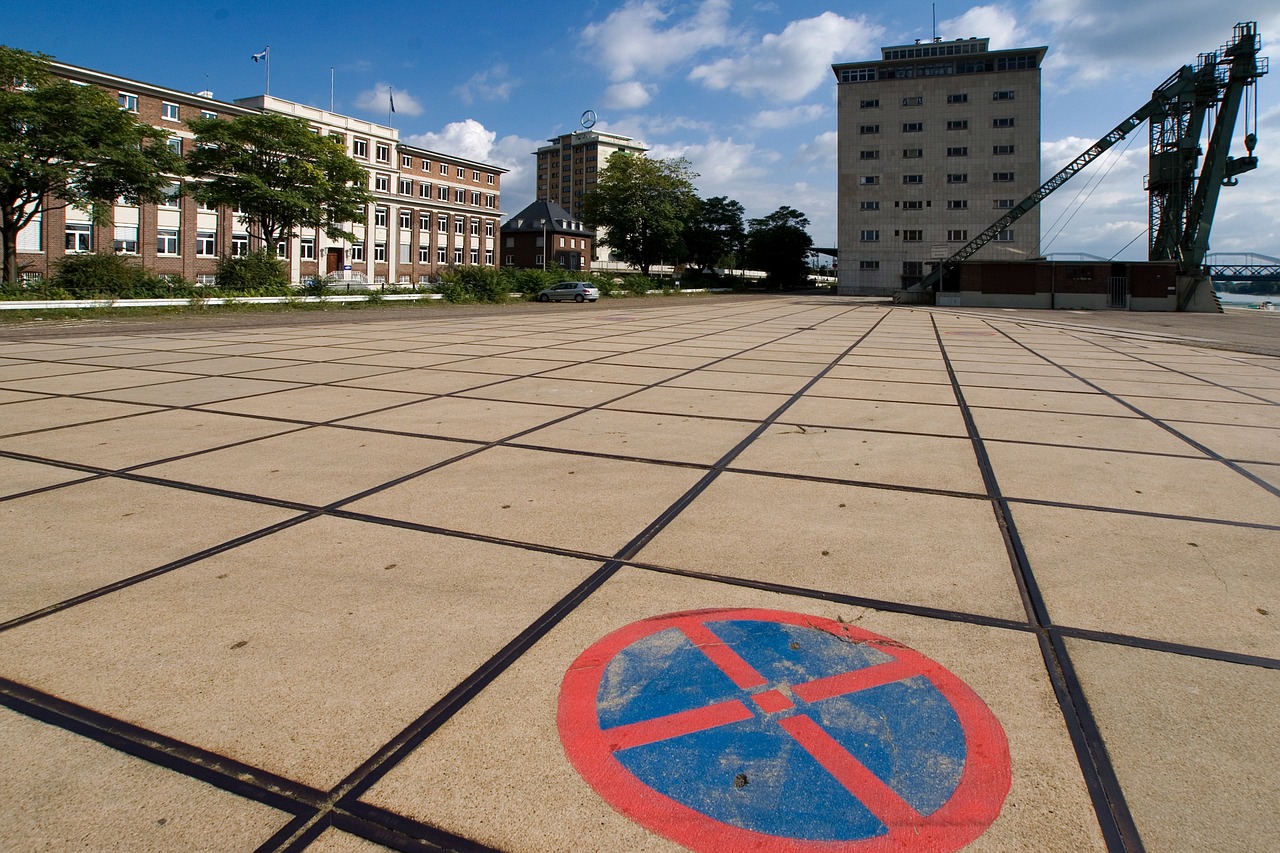
4. Make your Photos Appear More Surreal!
This is an amazing point in its own right. You don't always want the viewer to see your photograph in the same way that they're used to seeing it. When you're showing someone an image of something they've seen a hundred and one times, you still want them to notice your version of the image.
Take this image below, it's Regent's Street in London. Even at night (during the Christmas holidays) it captures an amazing and unusual low and wide angle view of this part of the West end.
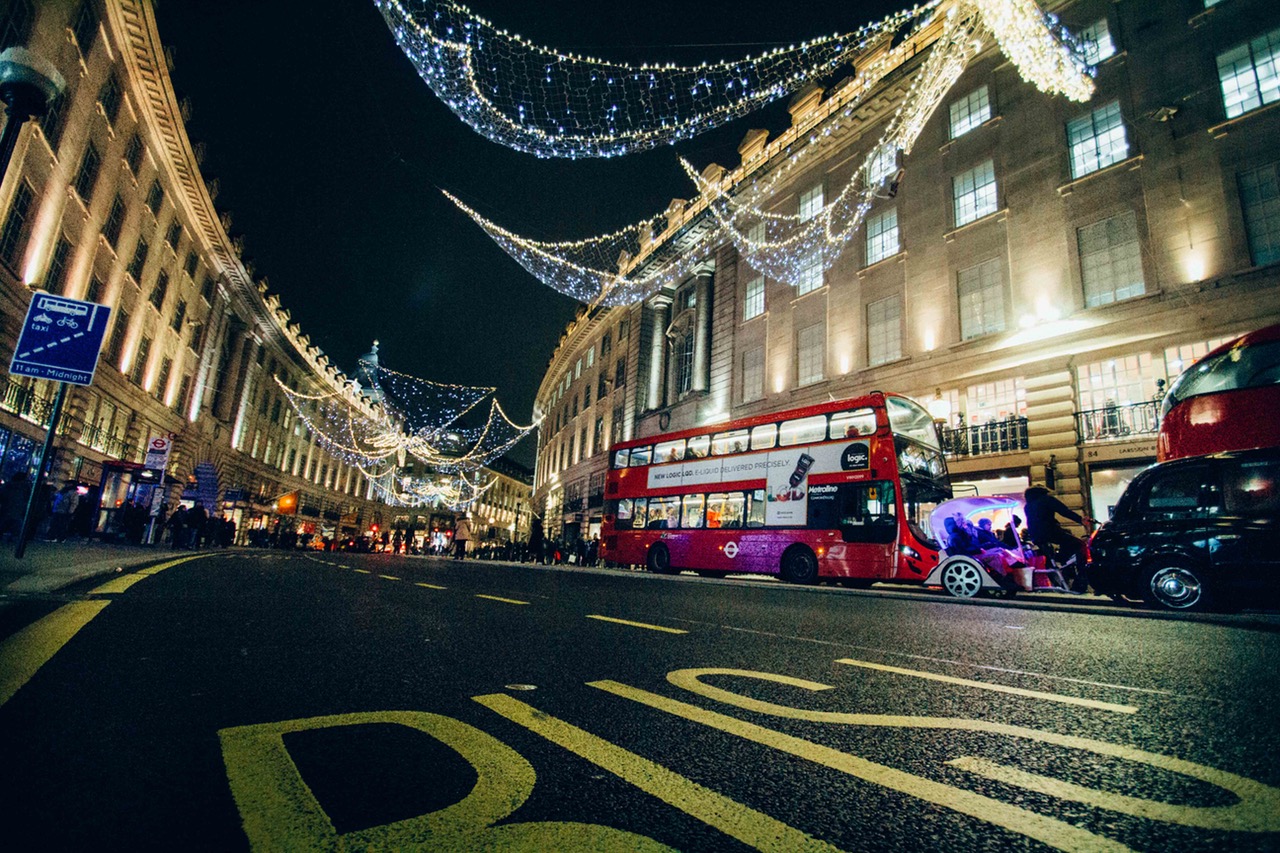
Further Resources
- How and When to Take Wide Angle Lenses Beyond Landscape Shots by Jason D. Little
- Getting a Different Perspective in Your Photography is Simple: Move by Jason Row
- How to Get Better Landscape Photographs By Controlling Perspective by Dzvonko Petrovski
Further Learning
To really ramp up your Lightroom knowledge and skills beyond these few tips, be sure to check out Lightroom Power User by Shotkit which will put you among the more advanced users of the program very quickly.




